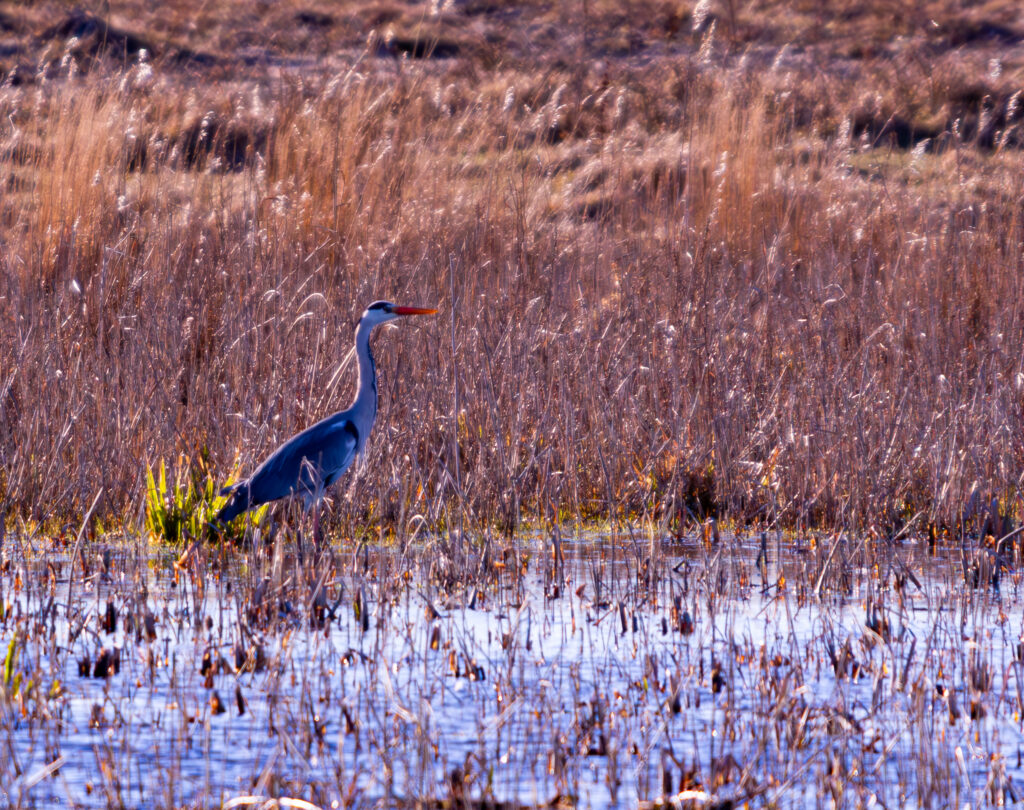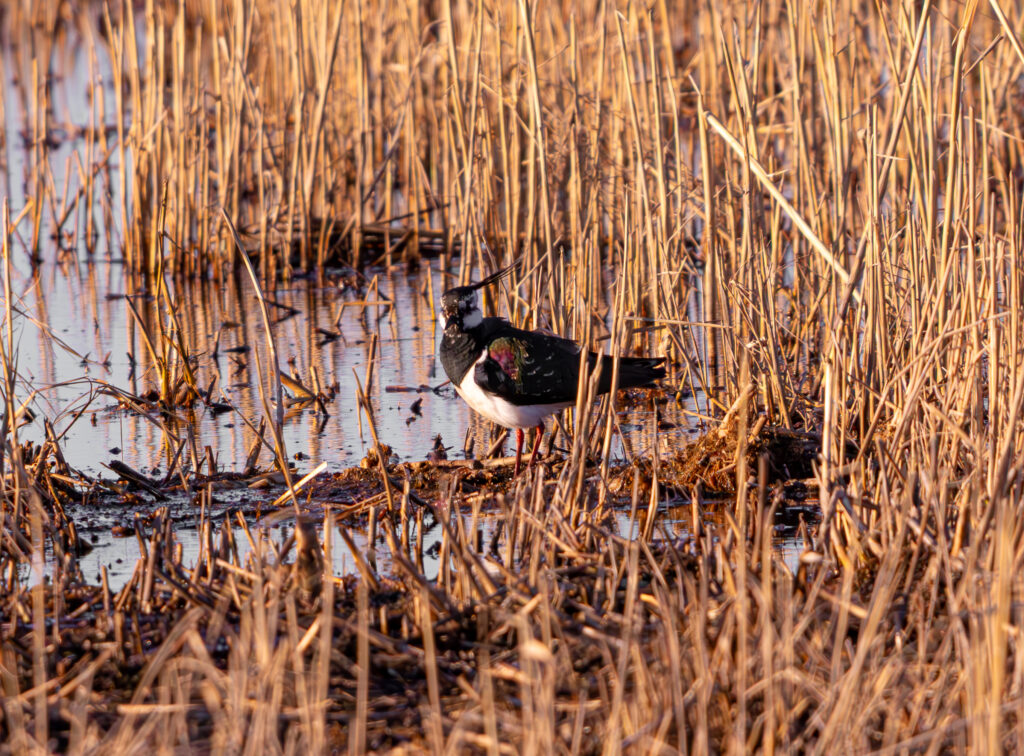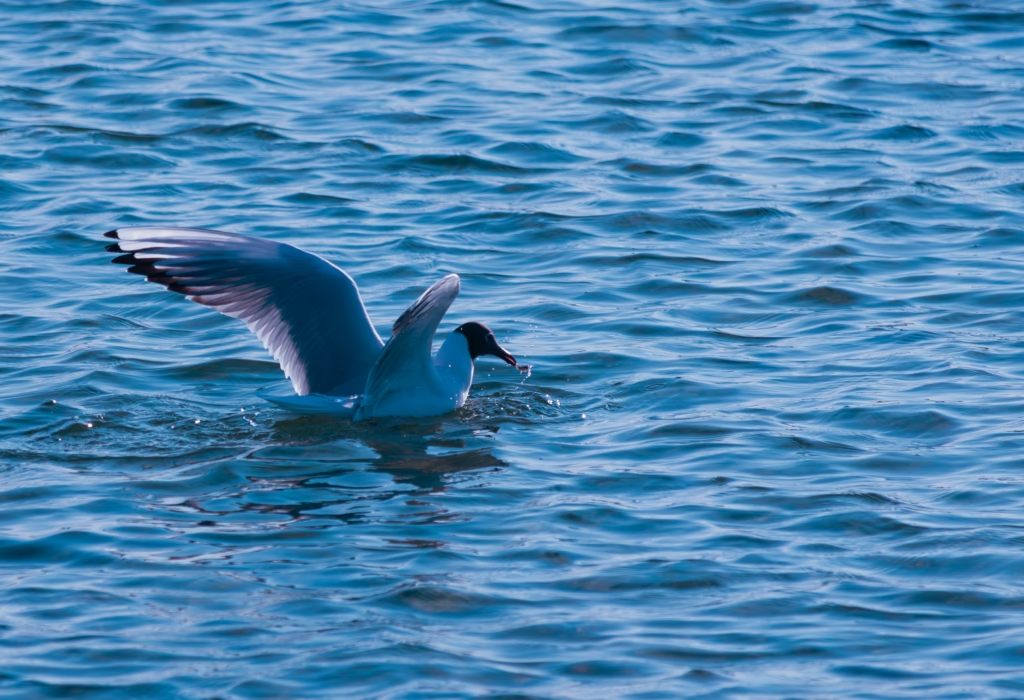As the snow melts and the first buds of spring start to bloom, something magical begins to happen in Paljassaare, a quiet peninsula on the edge of Tallinn. Known for its rugged charm and surprisingly diverse habitats, this area transforms into a bustling hub of bird activity each spring—making it one of the best bird photography locations in northern Estonia.

Why Paljassaare?
Paljassaare is a nature reserve with a mix of reed beds, meadows, coastal lagoons, and wooded patches. This variety of landscapes supports an incredible range of bird species, especially during the spring migration season. The best part? It’s just a short ride from the city, yet it feels like you’ve entered a wild, untouched corner of Estonia.
Spring is prime time for bird photographers. From mid-April to early June, hundreds of migratory species pass through or settle here to breed. You can expect to spot everything from majestic white-tailed eagles soaring overhead to tiny, elusive warblers singing deep within the reeds.
What to Look Out For
Some highlights you might capture in Paljassaare during spring:
Great crested grebes performing their elaborate courtship dances on the water
Bearded tits hopping between reed stalks, bathed in golden morning light
Flocks of waders and ducks, including northern shovelers, teals, and snipes, resting during their long journey north
Common terns diving like acrobats near the shoreline
If you’re lucky, even a black woodpecker or a marsh harrier patrolling the meadows


Best Times and Tips for Photography
Early mornings are your best bet. Not only is the light soft and golden, but the birds are also more active and the paths are quieter.
Bring a long telephoto lens (500mm+ if you can)—many birds stay well-hidden or far from the paths.
Use a tripod or monopod for stability, especially when shooting in low light or with heavy gear.
Pack binoculars and take time to scout locations before setting up for a shot.
Be patient. Many of the best moments—like a bird landing in the perfect light—happen when you least expect them.
A Personal Note
There’s something incredibly rewarding about standing quietly in Paljassaare at dawn, your camera ready, the air filled with birdsong, and the sea breeze brushing your face. Every visit is different. Sometimes, you’ll leave with dozens of frame-worthy shots. Other times, it’s just the peaceful experience of being in nature that sticks with you. Either way, it’s always worth it.
I’ll leave you with ten birds to look out for this spring in Paljassaare—from booming bitterns to agile marsh harriers. Have you spotted any of them? Or maybe you’ve got your own favorite species or photography spots in the area?
Let me know in the comments—I’d love to hear what you’ve seen through your lens.
Happy shooting and see you on the trails!
-
Eurasian Bittern (Botaurus stellaris)
A master of camouflage, this reed-dwelling heron is often heard before seen—its booming call sounds like someone blowing across a bottle. Rare to spot, but a golden prize for patient photographers.
-
Great Crested Grebe (Podiceps cristatus)
Known for its dramatic courtship dance, this elegant waterbird is common on Paljassaare’s lagoons. Their striking head feathers and smooth floating posture make for beautiful telephoto shots.
-
Bearded Tit (Panurus biarmicus)
A small, charming bird of the reeds with a peachy belly and black “moustache.” Active in the early morning, they’re often found flitting around reed stalks—perfect for backlit sunrise photos.
-
Garganey (Spatula querquedula)
A small migratory duck with a distinctive white stripe over its eye. They stop in Paljassaare’s shallow waters during spring migration. Look for them among flocks of teal and shovelers.
-
Common Redshank (Tringa totanus)
Wading bird with bright orange legs and a sharp call. Often seen patrolling muddy shores and grassy patches. Great subject for action shots as they often take flight when disturbed.
-
White-tailed Eagle (Haliaeetus albicilla)
One of Estonia’s largest raptors. If you’re lucky, you might catch one soaring over the coast. Look for a huge wingspan and wedge-shaped tail. Capturing one in flight is a challenge—and a thrill.
-
Reed Warblers (e.g. Great Reed Warbler, Acrocephalus arundinaceus)
These vocal little songbirds belt out their raspy calls from deep inside the reeds. Tough to photograph, but a long lens and some patience can pay off. Ideal for moody, habitat-rich shots.
-
Common Tern (Sterna hirundo)
Elegant, agile flyers that dive dramatically into the water. Their red bills and forked tails make them highly photogenic in flight. Often seen near open water.
-
Northern Shoveler (Spatula clypeata)
Easily recognized by its oversized spatula-shaped bill. Males are especially colorful in spring plumage. They tend to hang out in the shallows—look for reflections on calm mornings.
-
Marsh Harrier (Circus aeruginosus)
Graceful bird of prey that glides low over reeds, hunting for small mammals and birds. Males are pale with dark wingtips; females are darker. A stunning silhouette at sunrise.
